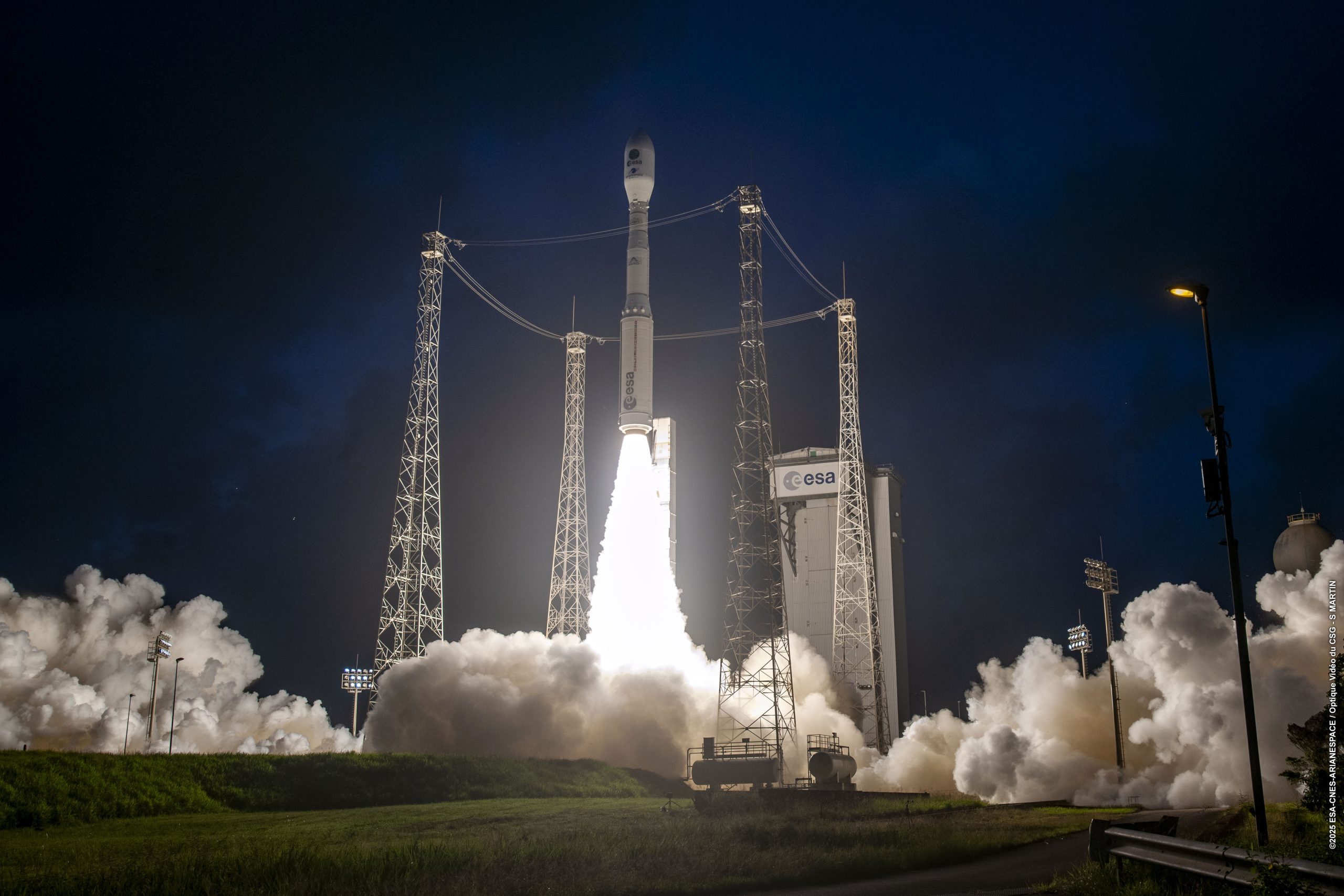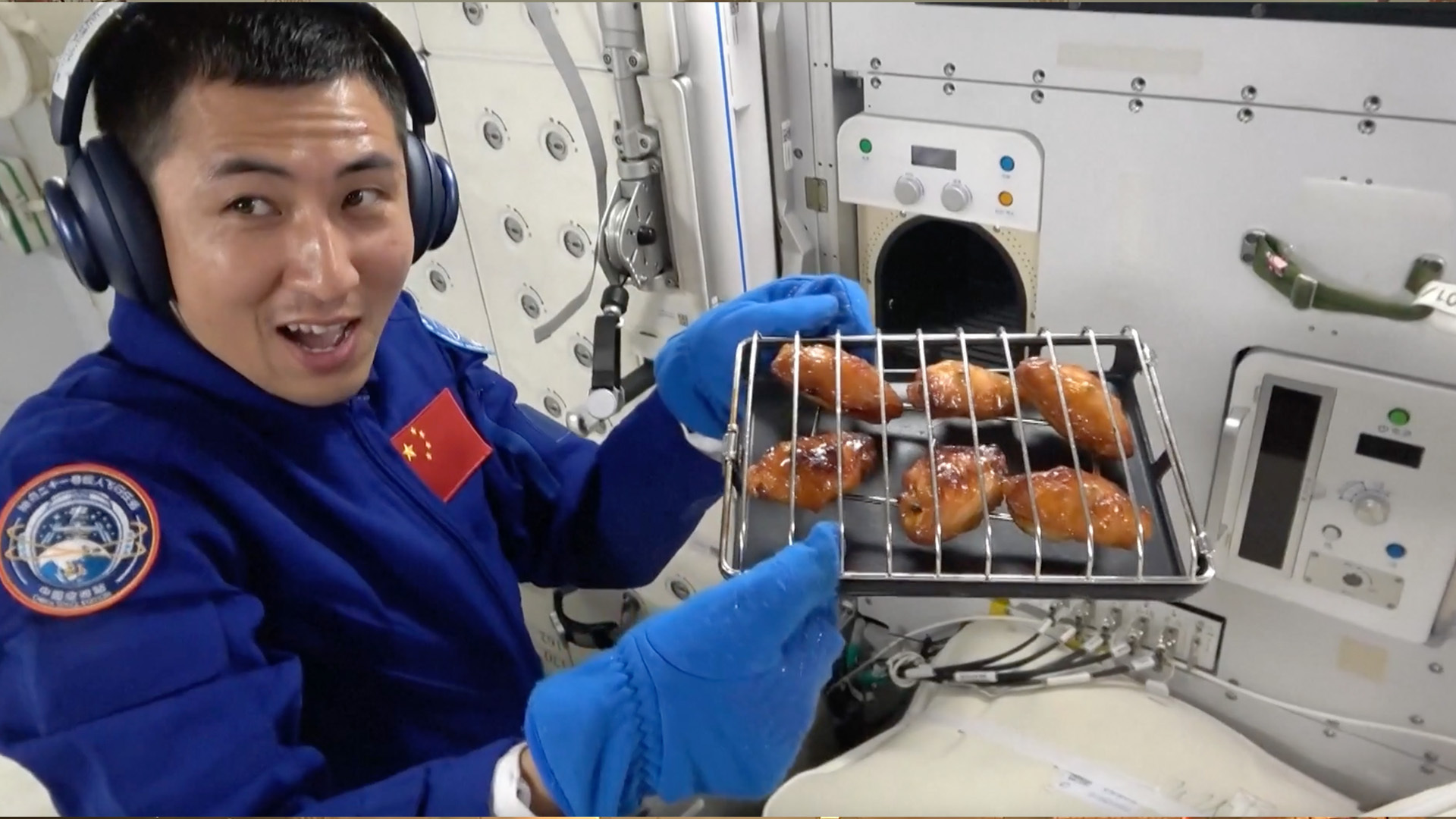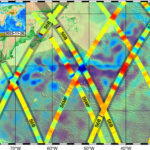Now Reading: Analysts say experience, not funding, is hindering European smallsat launchers
-
01
Analysts say experience, not funding, is hindering European smallsat launchers
Analysts say experience, not funding, is hindering European smallsat launchers


London — Warsaw Increasing tensions with Russia have prompted defense spending boosts throughout Europe that will benefit fledgling smallsat launcher companies across the continent.
But Europe is still years away from meeting its own space access needs, analysts said.
The progress of European smallsat launcher developers has been slower than promised, with companies facing technical difficulties and none yet having completed a successful orbital flight. And it’s that lack of experience that analysts say is holding Europe back from running fully scaled launch operations more than funding,
“The top challenges are mainly technical at the moment, because in terms of fundraising, those players have already secured healthy amounts,” Florian Loire, a space infrastructure analyst at Novaspace, told SpaceNews.
For more than three years, Europe has been forced to rely mostly on SpaceX to get its satellites to space. Although the incumbent European launch operator Arianespace once dominated the market during the heyday of its now retired Ariane 5, the company struggled with delays in the development of the successor heavy-lift Ariane 6. It also faced difficulties with its small launcher Vega C. In addition, after Russia’s invasion of Ukraine, the company lost access to the Russian Soyuz it had used since 2011.
European governments are aware of the dependency on SpaceX, various analysts told SpaceNews, and looking to regain sovereignty. Germany, which in September announced an unprecedented space defense budget of $41 billion for the next five years, specifically called for homemade launch vehicles to loft into orbit its planned defense satellites, which include a satellite jammer and space-based inspector.
But Loire doubts any of the European smallsat launcher developers, all of which have delayed debut flights to 2026, will be ready to play a substantial part in covering Europe’s launch demand any time soon.
“To be fully operational, with a full cadence of ten or more launches per year, is a challenge,” Loire said. “It has not been done in Europe for more than two decades, since Ariane 4.”
Ariane 5, at its peak, was making about seven flights per year. Neither Ariane 6, which debuted in 2024, nor Vega C, in operation since 2022, are in full cadence yet, having so far completed only four successful flights each.
The new companies are developing a range of small rockets with payload capacity ranging from a few hundred kilograms to over 1,000 kilograms to low Earth orbit, below the capacity of Vega C which can lift 3,300 kg to LEO.
Among the European small launcher developers, Germany’s ISAR Aerospace is the front-runner, Loire said. The first orbital flight attempt of the company’s Spectrum rocket failed 30 seconds after lift-off in March this year. The company is now working toward its second launch, although it has not announced a date for a second mission yet.
ISAR Aerospace’s compatriot Rocket Factory Augsburg (RFA) suffered a setback in August 2024 when the first stage of its RFA ONE rocket exploded during an engine test at the Saxavord Spaceport in the UK. The company is now assembling a new first stage to be hot-fire tested “in the coming months,” the company’s spokesman Jonas Kellner told Space News.
HyImpulse, also based in Germany, recently announced a funding boost of 45 million euros ($52 million), and says it is on track for a debut launch attempt in 2026.
In the U.K., Orbex is promising a 2026 debut flight of its biofuel-based launcher Prime. Spain’s PLD Space and France’s Maia Space are both eyeing debut flights in 2026.
Claude Rousseau, space and satellite analyst at Analysis Mason, told SpaceNews that geopolitical pressures might help the European smallsat launchers off the ground after years of delays, but warned that competition is fierce and the European firms’ understanding of market gaps might be limited.
“In the past five to ten years, hundreds of millions have been sunk into those companies either for the launchers themselves or for propulsion, that have basically led to nothing,” Rousseau said. “Money that has been spent so far has been used to demonstrate some capabilities but it’s very difficult to actually find the real market where you’re going to be very successful.”
The desire for sovereign access to space, however, is pushing European governments to increase support for domestic smallsat launchers, recreating dynamics that have helped NASA foster the likes of SpaceX, he added.
The small launcher operators may also be uniquely suited to address responsive launch needs that the defense and dual-use operators may be after, said Loire.
Still, although European nations have announced a flurry of new defense satellites and many more announcements are expected in the coming months, the analysts question whether the available market in Europe will allow all of the emerging small launch providers to fully develop and survive.
“Although the trend goes in the direction of the emergence of new players in Europe, there is probably not a wide enough market to feed six or seven new entrants,” said Loire. “There is likely going to be some down selection in the future.”
“There should be some mergers and acquisitions in this market,” said Rousseau. “Not everybody will be surviving.”
Stay Informed With the Latest & Most Important News
-
 012024 in Review: Highlights from NASA in Silicon Valley
012024 in Review: Highlights from NASA in Silicon Valley -
 02Panasonic Leica Summilux DG 15mm f/1.7 ASPH review
02Panasonic Leica Summilux DG 15mm f/1.7 ASPH review -
 03From Polymerization-Enabled Folding and Assembly to Chemical Evolution: Key Processes for Emergence of Functional Polymers in the Origin of Life
03From Polymerization-Enabled Folding and Assembly to Chemical Evolution: Key Processes for Emergence of Functional Polymers in the Origin of Life -
 04How New NASA, India Earth Satellite NISAR Will See Earth
04How New NASA, India Earth Satellite NISAR Will See Earth -
 05And Thus Begins A New Year For Life On Earth
05And Thus Begins A New Year For Life On Earth -
 06Astronomy Activation Ambassadors: A New Era
06Astronomy Activation Ambassadors: A New Era -
07SpaceX launch surge helps set new global launch record in 2024



















